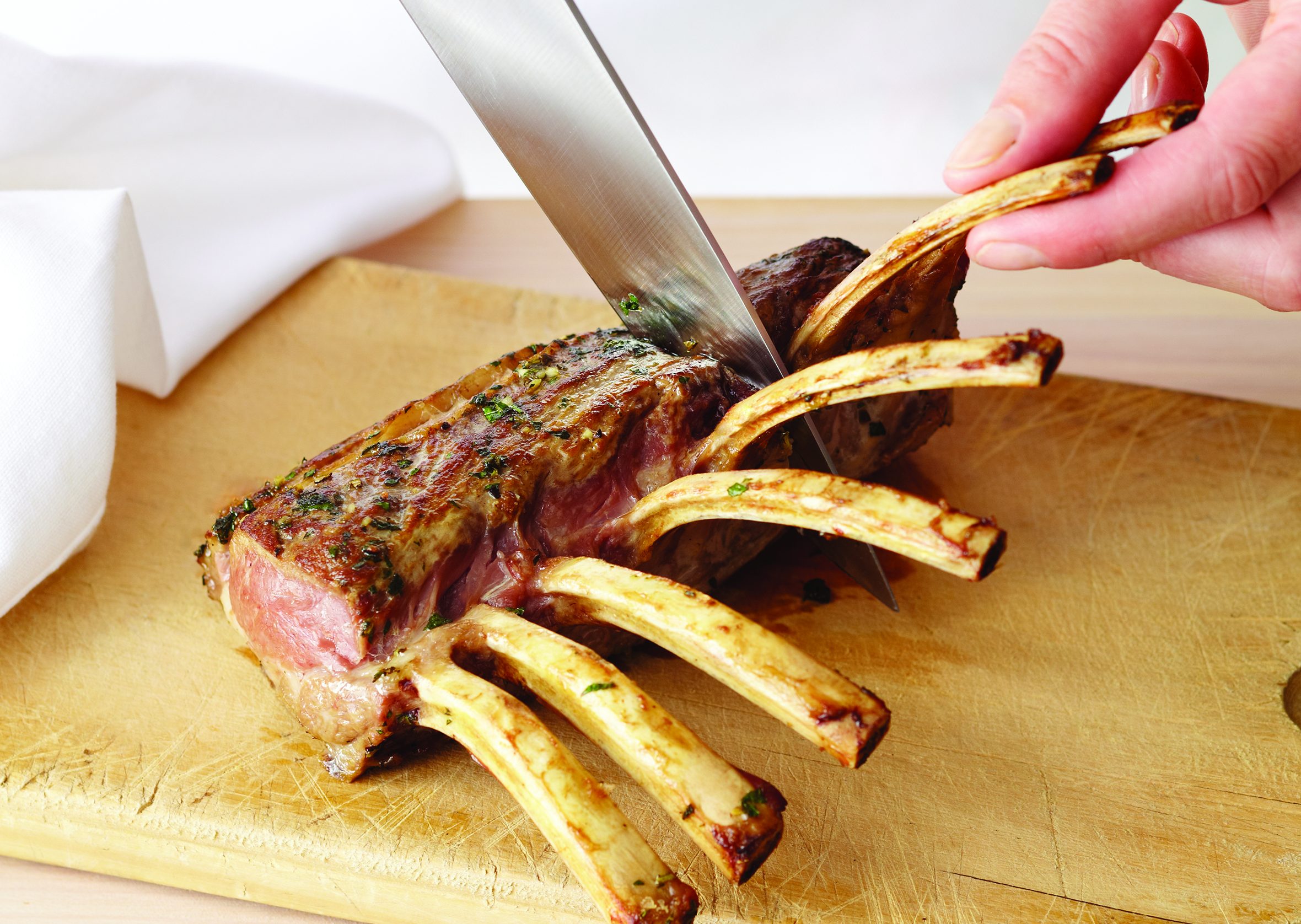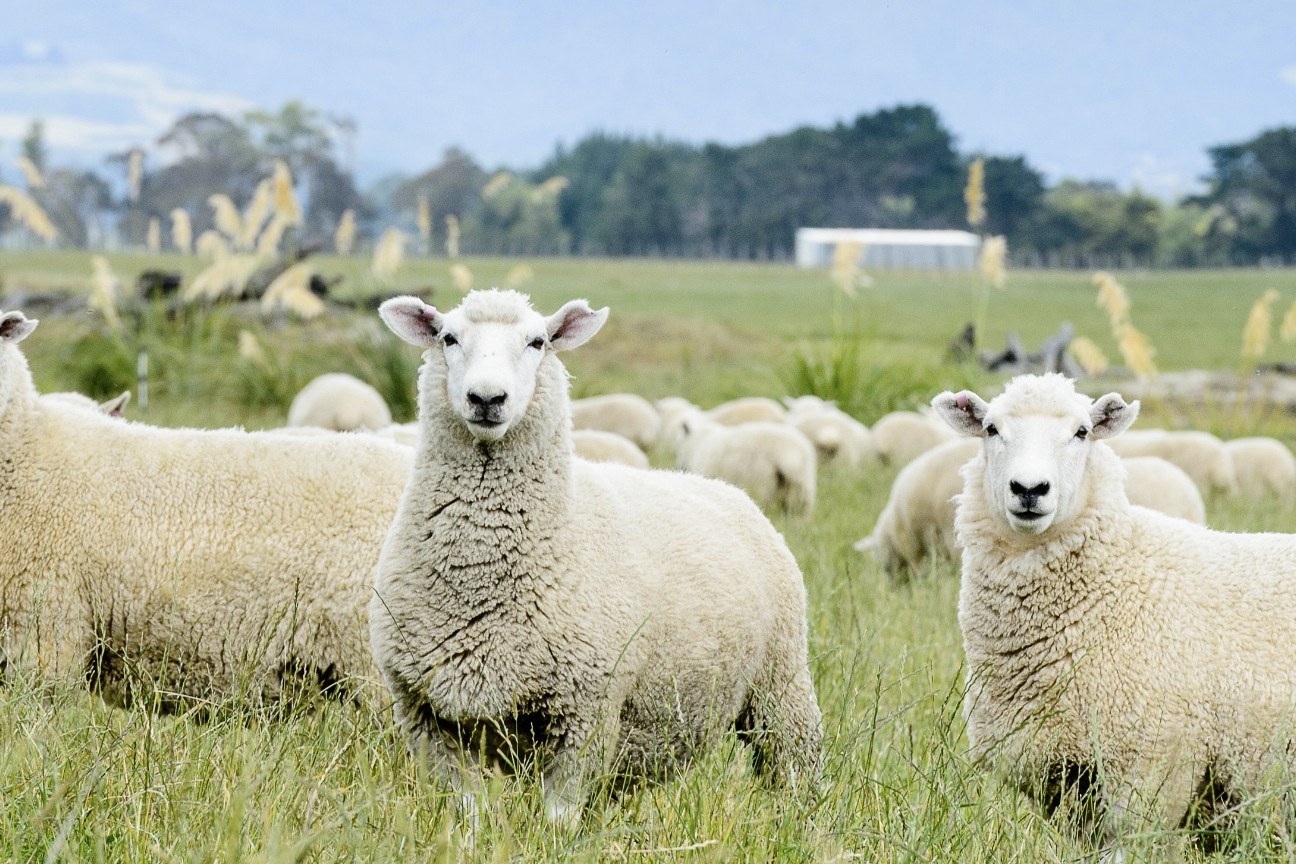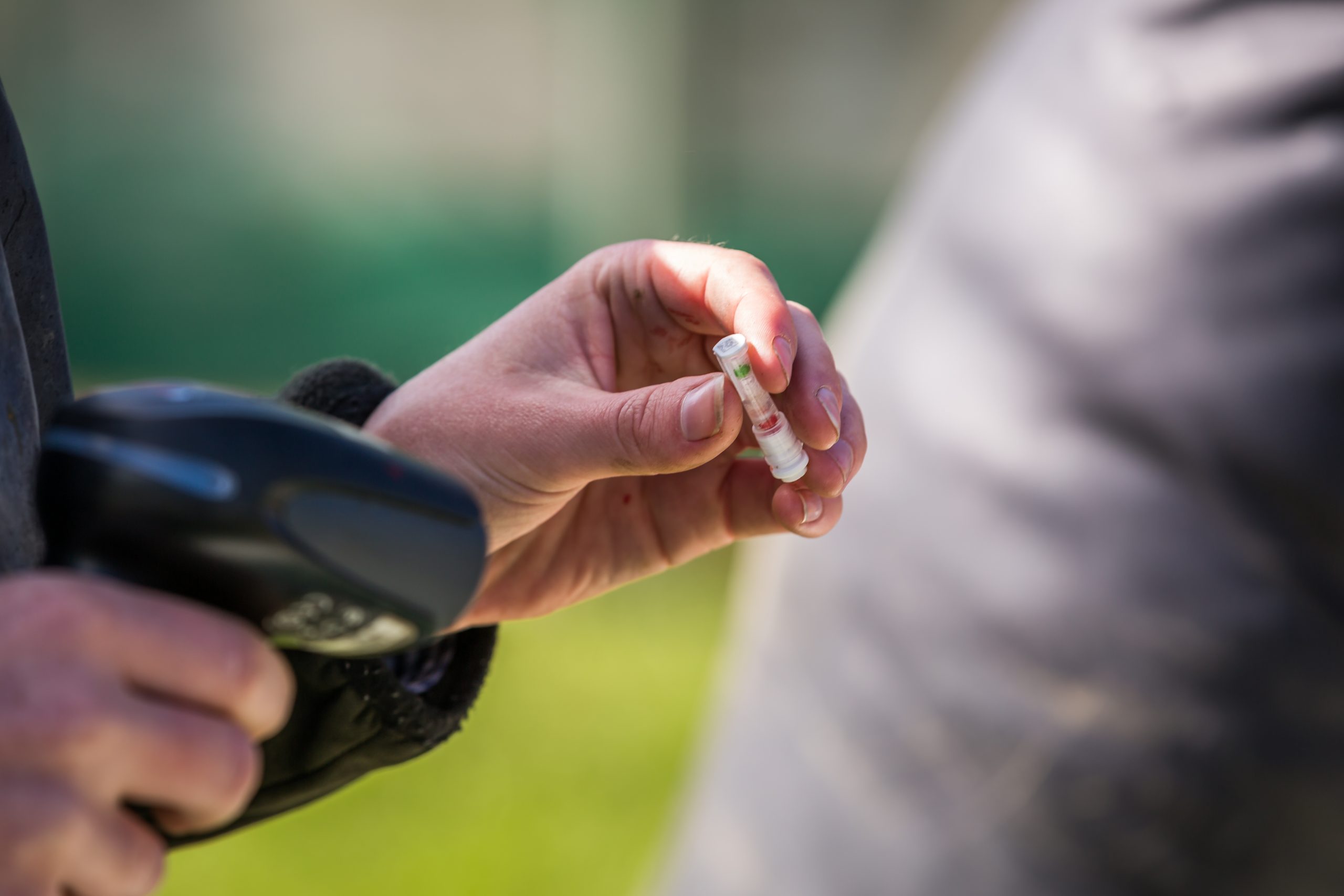Genetics to improve eating quality
Work is ongoing to improve the eating quality of lamb in line with genetic improvements in other productive traits. Words Sandra Taylor.

Efforts are focused on the Te Anau-based South Island Genomic Calibration flock which is managed by AgResearch with input from Pāmu (who look after flock management), Silver Fern Farms (who process the lambs) and Beef + Lamb New Zealand (who partially fund the genotyping). Individual ram breeders also contribute to this work.
“By monitoring a population, we can use genomic predictors to improve eating quality,” says Jason Archer, Beef + Lamb New Zealand’s Head of Genetics.
The eating quality is measured by AgResearch who measure marbling, shear force (a measure of tenderness), meat colour and pH.
“If we can validate and incorporate these technologies in our genetic selection, we are on the way towards improving eating quality in sheepmeat faster than we are currently achieving.” – Jason Archer, Head of Genetics, Beef + Lamb New Zealand
The resulting data is fed into a database and contributing ram breeders receive genomic Estimated Breeding Values for their flocks. They can then use this information to improve the eating quality of their genetics.
“This work helps a number of breeders consider meat quality in their selection criteria,” says Jason. He explains that marbling is a good predictor of eating quality and the challenge for the sheep industry is to find a cost-effective way to measure marbling at both processing and in live animals.
Marble-measuring techniques such as chemically extracted fat from meat samples, spectral analysis, CT scanning, and visual scores are either expensive and/or require the animal to be killed.
Work is under way within the industry to find alternative cost-effective methods of measuring marbling. These include the use of a processing
chain-speed meat eating quality probe and the development of a scoring system to visually assess the marbling seen in an ultrasound scan of a live sheep’s eye muscle area.
“If we can validate and incorporate these technologies in our genetic selection that would take us a long way towards improving eating quality in sheepmeat, faster than we are currently achieving.”
Jason says from a technological point of view, beef has led the way in so far as improving eating quality is concerned.
While the sheep industry has done an amazing job at taking the fat off the outside of the carcase while significantly lifting carcase weights and improving reproductive traits, the next challenge is to ensure there is sufficient fat within the carcase to maintain or improve eating quality.
“It’s a great story of how genetics and management have worked together to improve sheep productivity; we now need to ensure we continue delivering first-rate eating quality,” concludes Jason.




